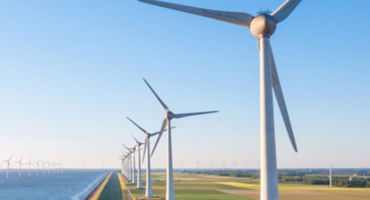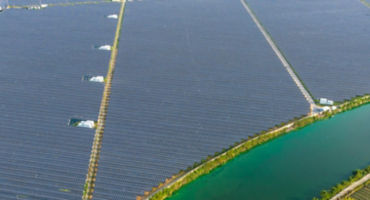Commodities: Near-term risk versus a strong structural backdrop
According to Commodities Portfolio Manager David Chang, three developments are creating near-term risks for commodities.
First, a slowing recovery in China, the world’s number-one end user of commodities, has dented demand. This slowdown is largely linked to the impact of intermittent COVID flare-ups — which led to the closure of facilities for prolonged periods —and a cooling property market. Second, Europe’s decision to wean itself off Russian gas has forced industrial end users to curtail their activities. And lastly, in the US, Federal Reserve rate hikes are dampening demand for commodities as economic activity slows.
In contrast, the sector’s long-term outlook seems robust, especially in metals. Against the backdrop of low prices today, there is no excess of supply, with inventories currently at their lowest for the past half century or so. And while the sector has experienced a slowdown in demand, this has not translated into excess supply. Producers today are more disciplined, and instead of pursuing high growth with the aim of returning capital to shareholders, they are more conscious of overconsumption and their emissions footprints.
Over the longer term, the need to decarbonise the global economy bodes well for commodities producers. Much of the technology used in the energy transition is heavily reliant on metals, whether that is for wind turbines, new grids or electric vehicles (EVs). Demand for copper, for instance, is currently growing at a rate of 2.5% annually.
Another positive is the redrawing of supply chains along more regional lines in response to COVID-19 lockdowns and geopolitical tensions. Manufacturers are being supplied by new producers, who are typically less efficient and have higher production costs. Furthermore, building these supply chains is also commodity-intensive, all of which should drive prices upwards.
With annual yields for commodities currently exceeding 10%, this year could be an opportunistic entry point for investors. As David points out, “Today’s very attractive yield more than compensates for the potential near-term risks associated with exposure to the asset class, particularly if done in a selective manner”.















